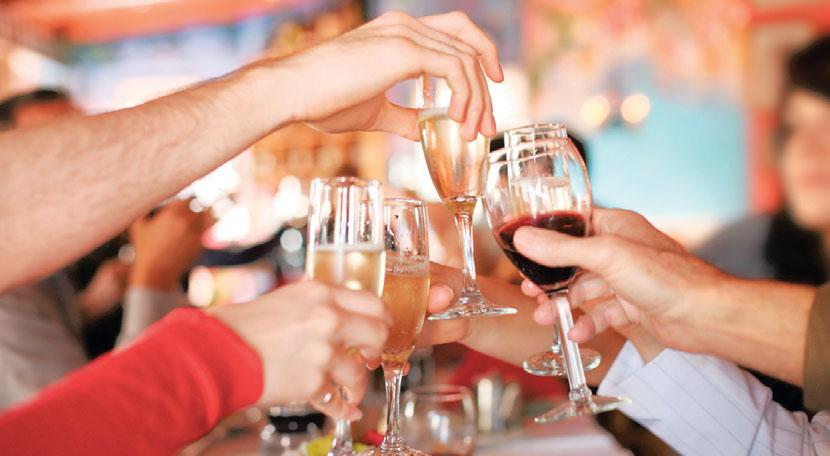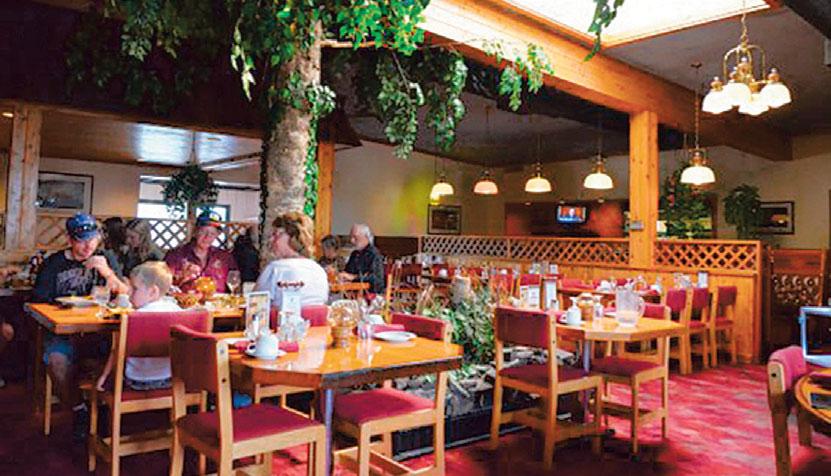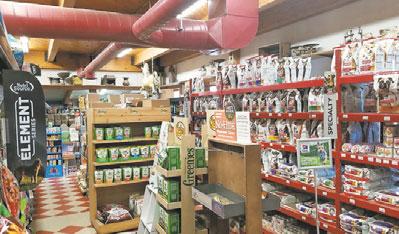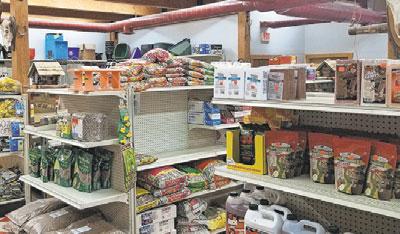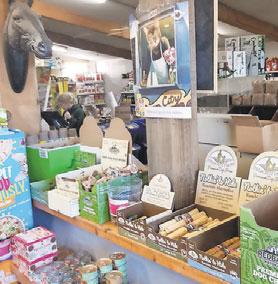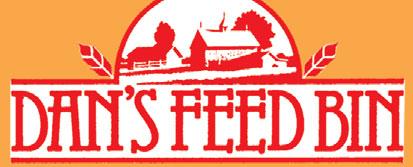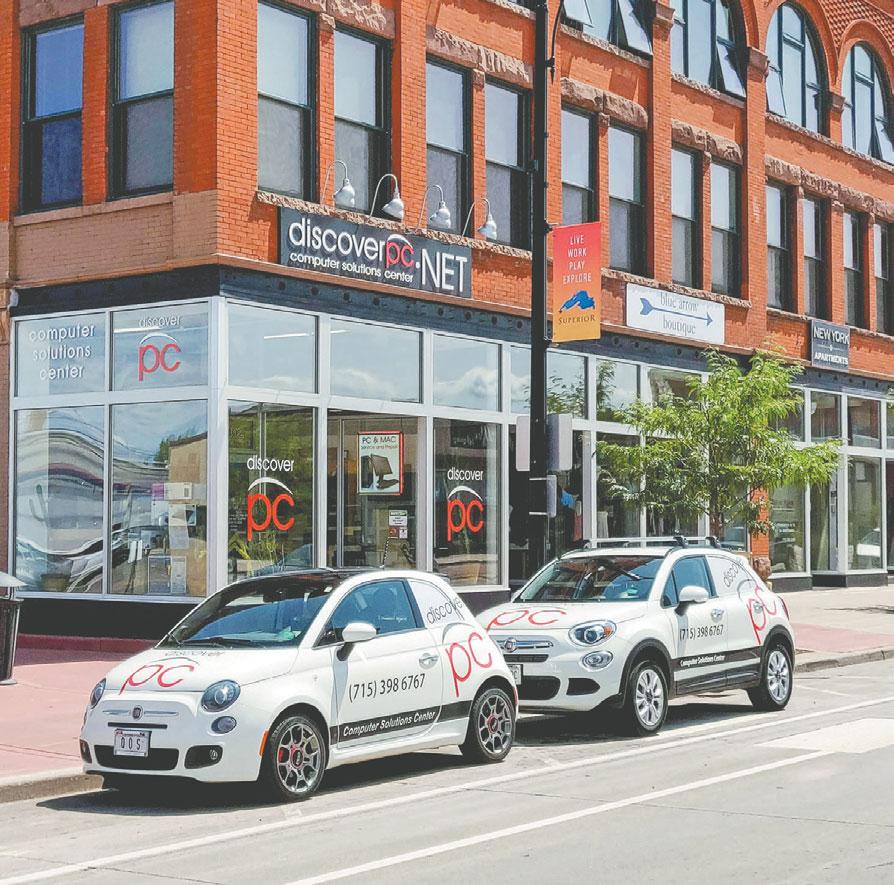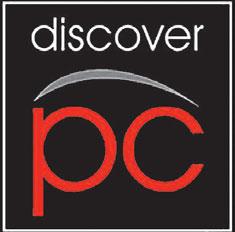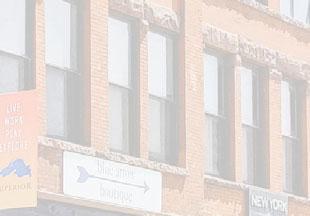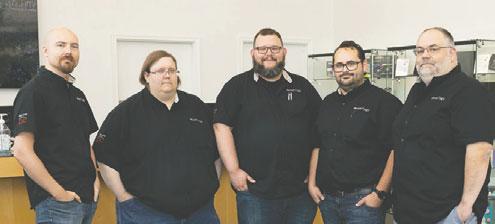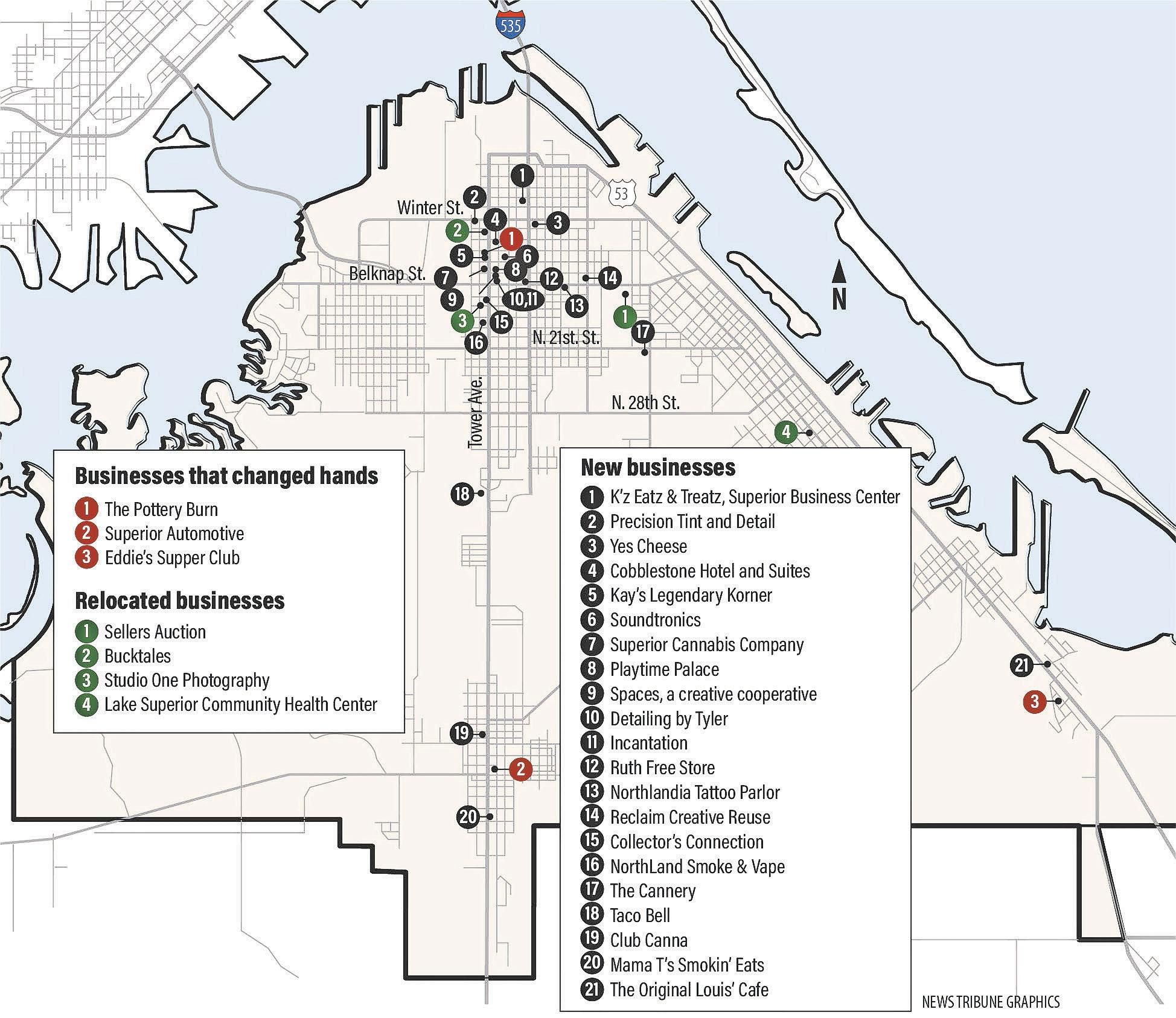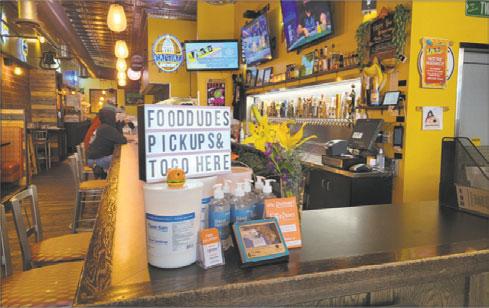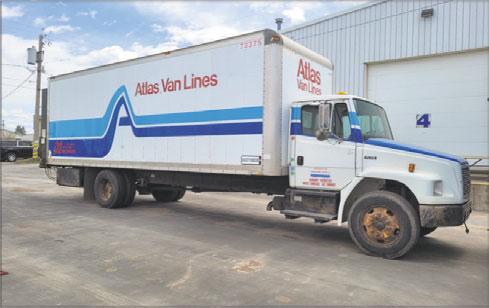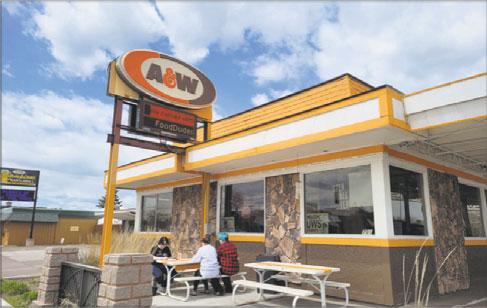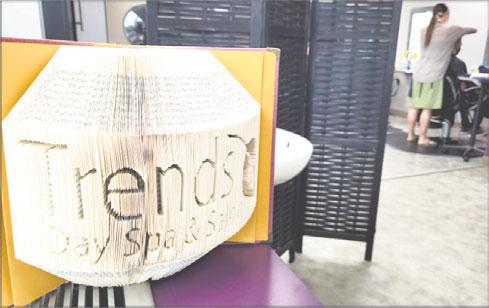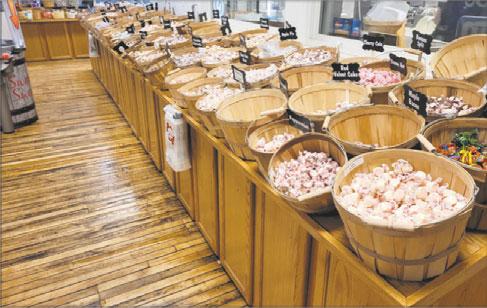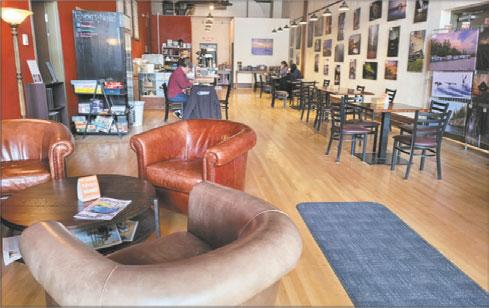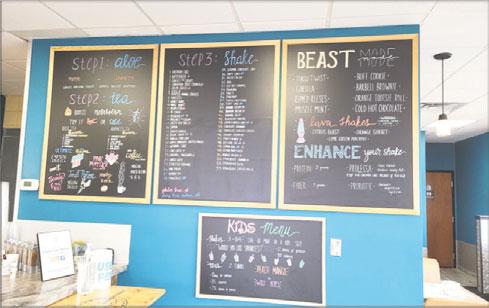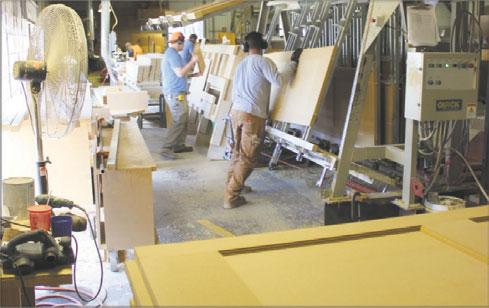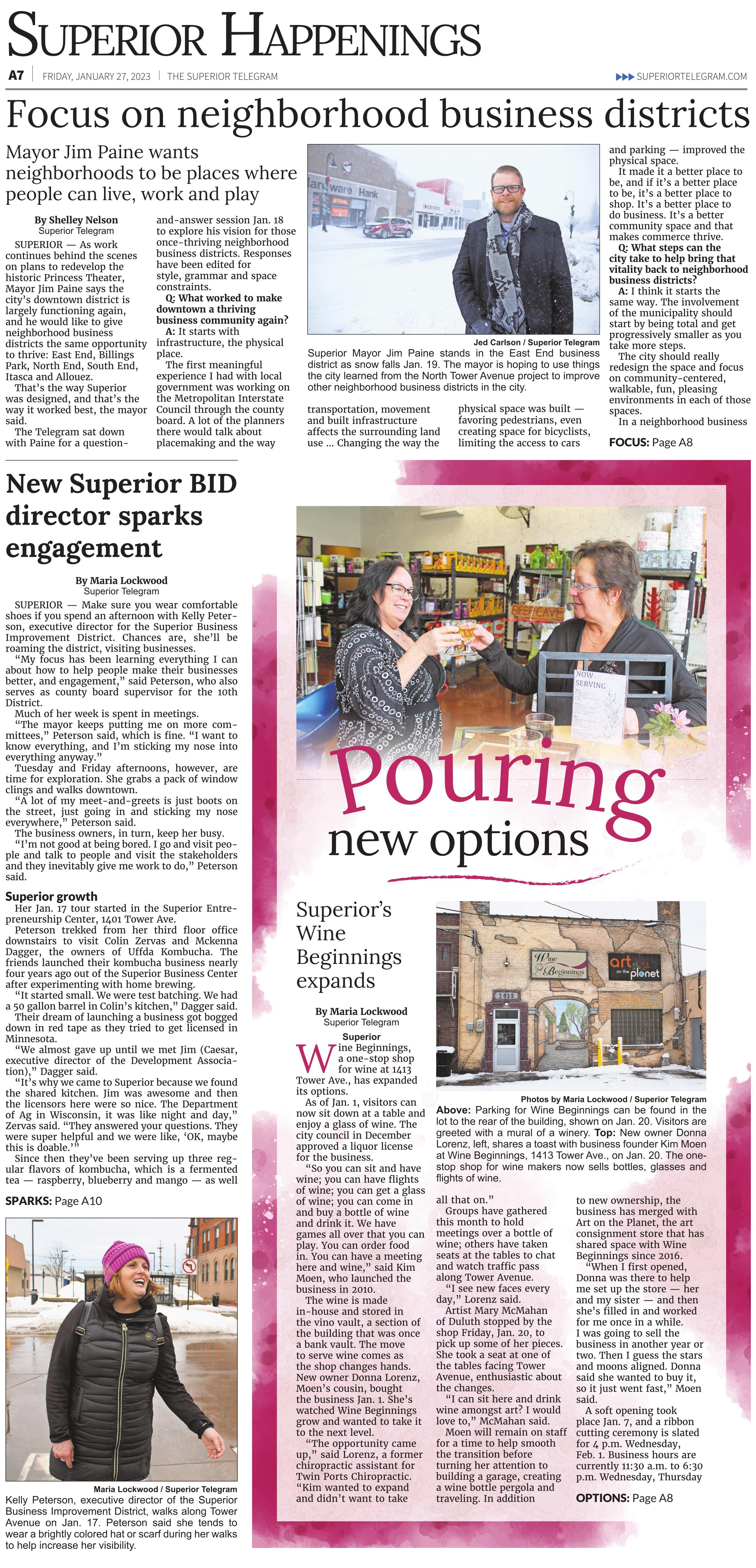
OPTIONS
From Page A7
and Friday, 10 a.m. to 4 p.m. Saturday.
“The next few months will tell us if we’re going to have a late night or if the weekend is going to expand,” Lorenz said, and feedback is appreciated.
According to Lorenz and Moen, the only two wine bars in the Twin Ports are located in Superior — Wine Beginnings and Wine Seller Winery on Belknap Street.
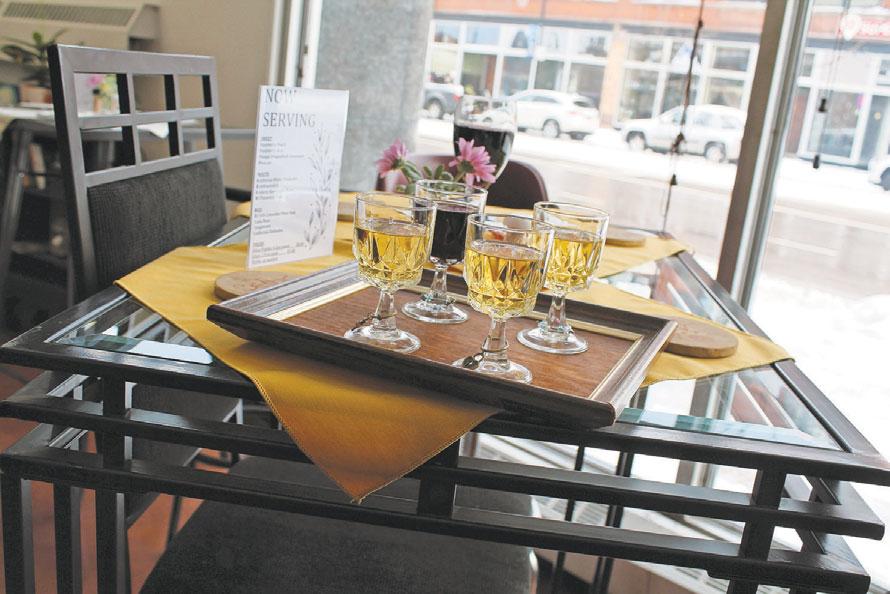
In addition to serving and selling wine, Wine Beginnings offers an array of wine kits, wine
FOCUS
From Page A7
district, I would do the exact same thing as downtown Tower and narrow both the actual driving space, expand the walking space and then do aesthetic improvements, especially related to nature. Add trees. Add plantings and park space ...
That’s what a lot of great small cities do. Once it’s a better space, you’re going to see retail improve because they’ve already been dying in ineffective places for business, which means the real estate value is fairly low and it means that small businesses, entrepreneurs, have much lower barriers to entry ...
We saw that happen right away with Tower. Tower had been an ineffective space for decades. It had been dying ever since the creation of the mall and the Blatnik Bridge ... After they made it nice and the real estate was still low, business started to boom.
The next steps facilitate businesses doing that. Cost of space is really only one barrier. You have to do build-outs. You need professional education on managing a business. The city is great at doing that. We created the small business grant program. The economic development team has direct business coaches that can help people succeed. So, we help folks get their start.
Then more or less facilitate what is called the penultimate plan, which is facilitate new construction. The city’s also fairly good at that. The city was good at that even before I was the mayor. Facilitate that in downtown spaces. That’s what we did with projects like Cobblestone and the Empire Block — give major incentive money to folks who will do the big, grand project that will bring people to the space, either through residential or hotels; bring new people there and fill in empty spaces.
The very final part of the plan is to do nonbusiness things:
making equipment and accessories for do-ityourself enthusiasts. Moen said wines made from the kits have minimal sulfites, which helps prevent wine headaches. Customers can have their wine made in the shop, as well.
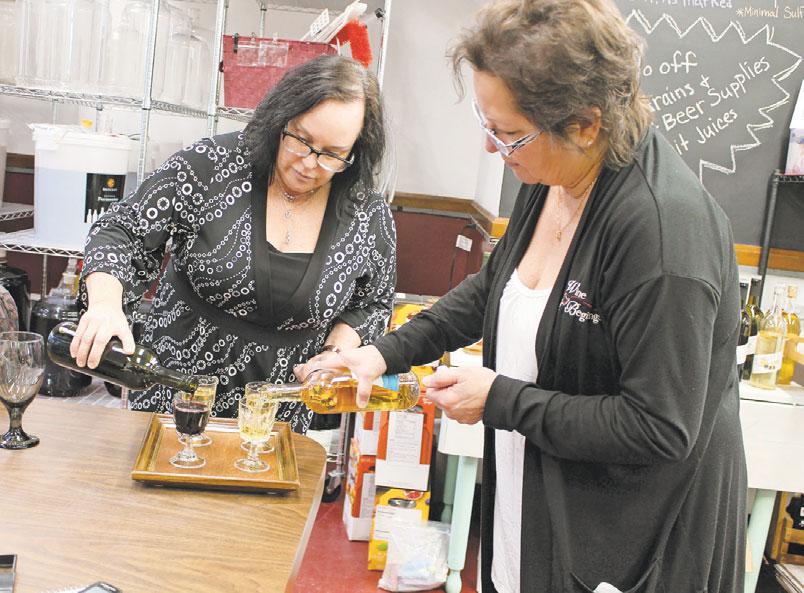
“When people make it here, you can actually come in and exchange bottles of wine, up to five per batch, for different flavors,” Moen said. “So if your significant other likes whites and you’re making a red or you made some sweet, then you can exchange up to five bottles per batch. But everything is made on-site here.”
Wine Beginnings opened June 23, 2010 in
an 800 square foot space at 1705 Tower Ave. The business moved to its current location, 1413 Tower Ave., in 2016. For years, the shop shared the 5,000 square foot space, which includes a painting classroom and event area upstairs, with Art on the Planet.
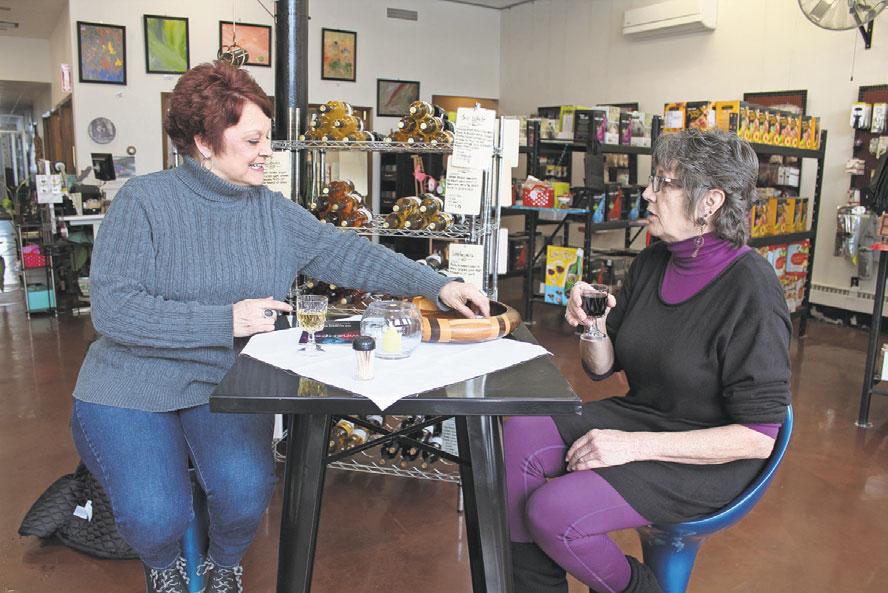
It’s been exciting to watch the business grow and expand, Lorenz said.
“It’s a one-stop shop,” Moen said. “You can get your own equipment to make it, you can make it here, you can come in for a flight or a glass or a bottle. We’re doing everything.”
Visit the Wine Beginnings Facebook page for more information.
extent a tavern. A lot of taverns serve food. Most important is retail food, the ability to go to a corner grocery store. When I took office, there was a lot of criticism of the number of Kwik Trips that were coming to town, but Kwik Trips sell groceries
art and culture. The Princess is kind of the cherry on top of Tower Avenue ...
Q: Are there specific neighborhoods where you would like to focus efforts, or would you like to see that develop organically?
A: It is best to let the market show you where it wants to grow. You can only move the market so much ... But I think the city can also take a large leadership role by trying to anticipate that.
Obviously, if we’re trying to promote walkability and we know that makes a business district successful, then it makes sense to look at where there are people that can walk to the district. So when I look at East Fifth Street, I see a thriving neighborhood around it. That’s why it was a business district in the first place. That’s true of Iowa Avenue in Billings Park and South Tower ...
So those three neighborhoods are ripe for revitalization. After that, I would look to history or where opportunity exists.
I think the North End has to be looked at very closely as we consider the Blatnik Bridge project and where that’s going to land. That’s going to change the shape of that neighborhood. It’s not a very walkable neighborhood right now ... But there’s a lot of people that live there ... so we would be doing a service to it by making it a walkable neighborhood. There’s a former business district there on North
Fifth that still has some thriving businesses. If you can create some connectivity from the east side to the west side … I think you can have a really thriving district that can benefit that neighborhood ... I think we can look at the further reaches of the city, Allouez and Itasca, which really can’t walk anywhere but they have the most diverse populations of the city and some of the lowest incomes. It has the greatest need for walkable neighborhoods. They’ve also had some historic business districts torn apart by the highway. So, we have to look at how we fix that and bring that back if we can’t redesign the highway for a decade or two.
Some of these places — Allouez is every bit as much of an island as it was 100 years ago. For the folks that live there, what’s that daily experience? Are they that tied to a vehicle? To say nothing of a bridge. In my time as mayor, Allouez has been cut off by a flood. So what are we doing for folks so they don’t have to leave their neighborhood? That’s the best way to design a city. Make it so where you live is where you live your whole life and leaving your neighborhood is a positive experience, not a mandatory one.
Q: Are there specific businesses that you think neighborhoods need to thrive?
A: Yes, food. By far food is the first and most important thing, whether that’s a coffee shop, a cafe, a restaurant, to a certain
The neighborhood of Allouez that I just mentioned is like the Krist and the Korner Store, the former President’s, are lifelines to those people. If you wake up on Sunday morning and you don’t have milk, you don’t have eggs, you don’t always want to go to the grocery store on the other side of town ... It’s nice to be able to walk there.
... After that, there are things that are not businesses — churches, schools and parks. After that, places to work. Whatever the businesses are, most of the time we think of them as retail, but retail should only make up about 20% of a business district. Beyond that, it’s professions, realtors and attorneys and accountants and banks. After that, potentially even light manufacturing. Most neighborhoods had some form of light manufacturing ... small shops where people make things — cabinet stores — any kind of light manufacturing, it’s places where people can work.
If all of those elements existed in neighborhoods and you worked at one of those businesses, you don’t even need to own a car. I think most people still would, but if you don’t need to, your personal economy is better and your neighborhood is better.
Q: While there are still several businesses on North Fifth Street that are doing very well, a lot of that area has become very industrialized. How do you integrate small business back into that environment?
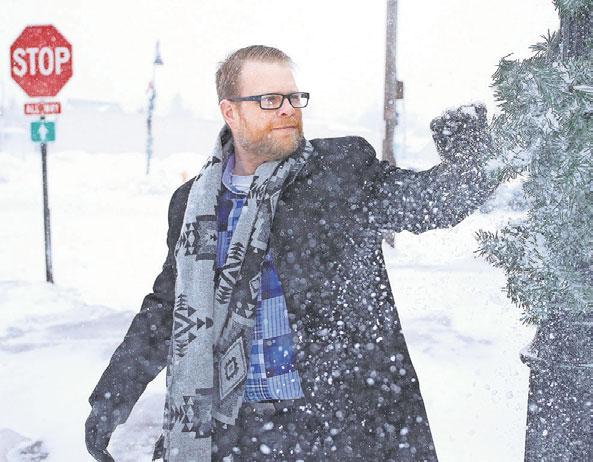
A: The way the city has built its zoning code — industry in one place, housing in another, commerce in a third — has segregated the whole city. It means you can’t live in your own neighborhood because life is about more than
where you sleep, so we created industry districts that were not necessary to where they live. Obviously, shipping must be on the water. Beyond that, there is always going to be some heavy industry, but putting it all in one place starts to hurt those neighborhoods. How do we shift away from that? I think you have to recognize first what makes businesses succeed. It’s nothing that government can do. Only people make businesses succeed ... The reason there are still thriving businesses in the North End, despite everything the city’s code and history has done to that part of town, is because of the people of the North End. They patronize those businesses. Some others do too, but if you walk into the Kitchen, it’s largely North Enders there. If you walk into the taverns in that area, it’s largely neighborhood residents. The elements for success are already built into it. You just need to make it easier for the neighbors to access more businesses ...
Again, look at Tower Avenue. Fifty years, at least, of decline, of businesses leaving, and even when real estate prices and rent prices were at their very lowest, businesses still weren’t coming back. Make it a nice place and they come back. If we make it a nice place for North Enders, businesses will likely come back. We’ve seen it everywhere else it’s been tried ...
Q: You have mentioned plans to narrow Tower Avenue south of Belknap to 28th Street. How is that going to improve the neighborhood and businesses there?
A: The exact same way it did on North Tower. It will, for one, make it safer ... By far, the biggest traffic complaint I ever receive in the city of Superior is from residents that don’t like people speeding through their neighborhoods ...
The benefit, of course, is that there is now room for people ... So, the people that live on that street, with their front doors facing that street, they get more
property back. They get a neighborhood where they can actually walk onto it rather than have to use their back doors for everything ... My grandmother was in her 80s when she still lived on Banks and 17th, and her corner grocery store was on 17th Street at a gas station across Tower. There is no world where my grandmother would safely cross Tower Avenue even back then, so she didn’t. She couldn’t go to Louis’ Cafe anymore. She couldn’t patronize any of the businesses in the Nottingham complex. When you make it easier and safer to cross, all the businesses on the east side get access to all of the residents on the west side, and vice versa ...
Q: Is there any future possibility that the trend to narrow lanes will eventually extend to the other end of Tower Avenue?
A: ... Anyone who thinks it will be a nightmare is just wrong. I won’t say it won’t be stressful at times, in the mornings as folks drop kids off at school, the commute to work. That will get a bit more difficult. Folks will have to plan for that. But we put the neighborhood first. Make it safer. Make it a more pleasant place to live and visit.
I would point out, look at what we did on North Tower; it looked exactly the same. And now, you don’t even have to go to the corner to cross the street on North Tower. When I go to 7 West, I’m usually parking on the east side of the street and there’s gaps in that median. I can just walk cross the open street anywhere I want. You’d better believe that’s good for 7 West, because if I had to walk all the way to one end and all the way back, maybe I’ve decided on a different restaurant along the way. That too is good for neighborhoods, to go past a lot of businesses and see them. There’s just so many elements beyond business in a neighborhood like South End that I’m interested in ...








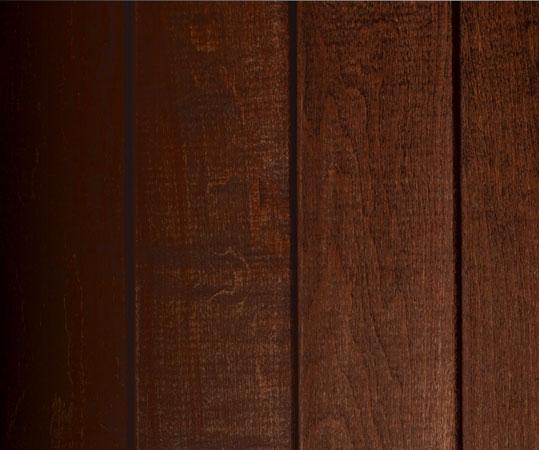
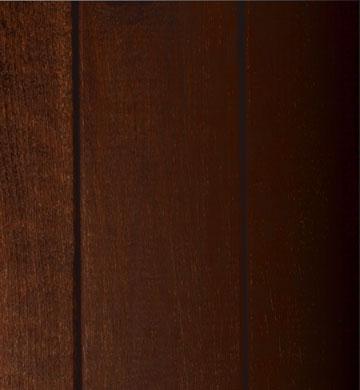


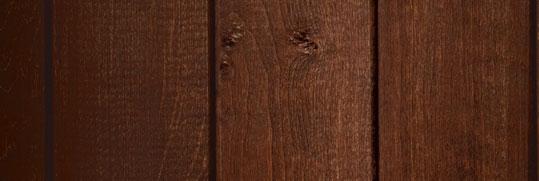

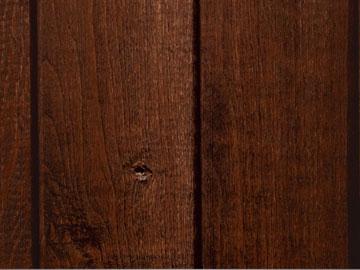
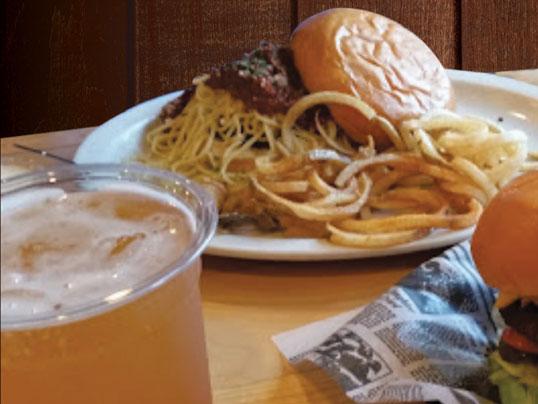
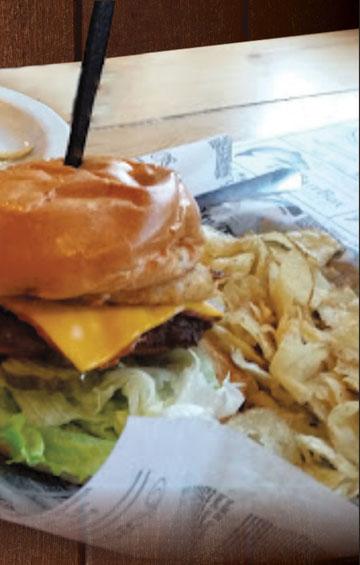


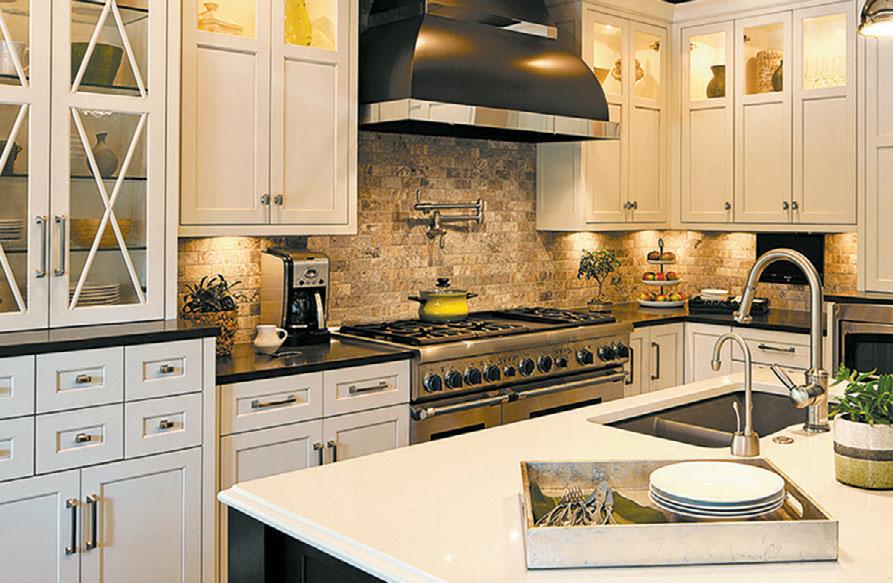

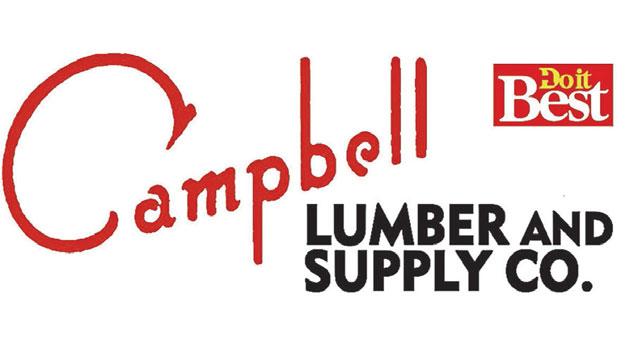





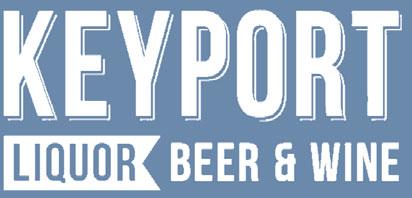









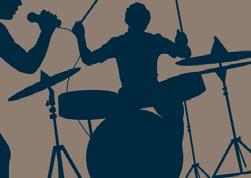


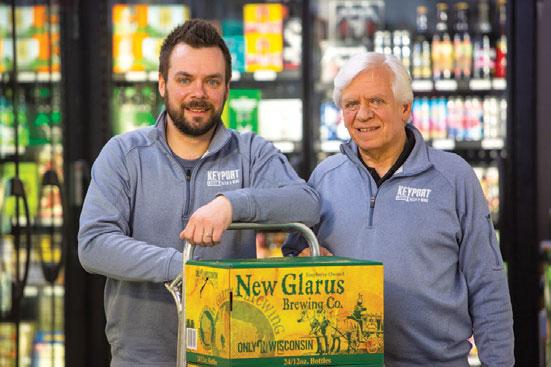








as seasonal flavors like apple pie and a summer mocktail line.
“We’re trying to be the every person’s kombucha,” said Zervas, who lives in Esko. “We want to make it accessible.”
They started creating their drinks in 5 gallon barrels, upgraded to 30, then 55 gallon barrels and still couldn’t keep up.
“Now we’re at 250 gallon totes,” said Zervas, who also works as a web designer for Giant Voices.
“We brew up to 600 gallons every two weeks ... in the summer,” said Dagger, of Duluth.
They are in the process of expanding into a dedicated space at the Entrepreneurship Center, transforming an old break room into a brewery. They hope to move in completely by February.

“They needed more space and more ability to produce, but they’re really not ready to move out into the market, so this became an important space for them to do that,” Caesar said. “We hope that the business continues to grow and eventually they graduate out of here.”
Cans of Uffda Kombucha can be purchased at Goat Hill Marketplace in Lincoln Park, Duluth Kitchen Co. and Mount Royal Market; it also can be found on tap at sites like Bent Paddle Brewing Co. in Duluth, Twisted Pastries Coffeehouse in Superior and Bayfield Winery. The owners hope to expand to individual sales after the move.
“It’s something we’re really proud of,” Dagger said, and they welcome feedback. “It’s important to us people enjoy it.”
Visit Uffda Kombucha on Facebook or Instagram for more information.
Hidden gems
Another business settling into the Entrepre-
neurship Center is Just the Dip, which offers hydrodipping, a form of water transfer printing for three-dimensional surfaces. Owner Ty Kasper’s workspace held a display of items that he’s decorated with the process Jan. 17. The array included football helmets, gun stocks, hubcaps, a toilet seat and even a cow jawbone.
Kasper, a former welder, currently has a large stock of popular patterns for customers to choose from and a waist-high water tank to dip them in. Big enough for a kayak paddle, but not a kayak, said Peterson, who was interested in seeing if the process could be used to spruce up her BID bike.
Kasper said he plans to get a printer that will offer custom designs for clients, as well. Kasper, who grew up in South Range, said his dream job would be decorating helmets for the Northwestern High School football team.
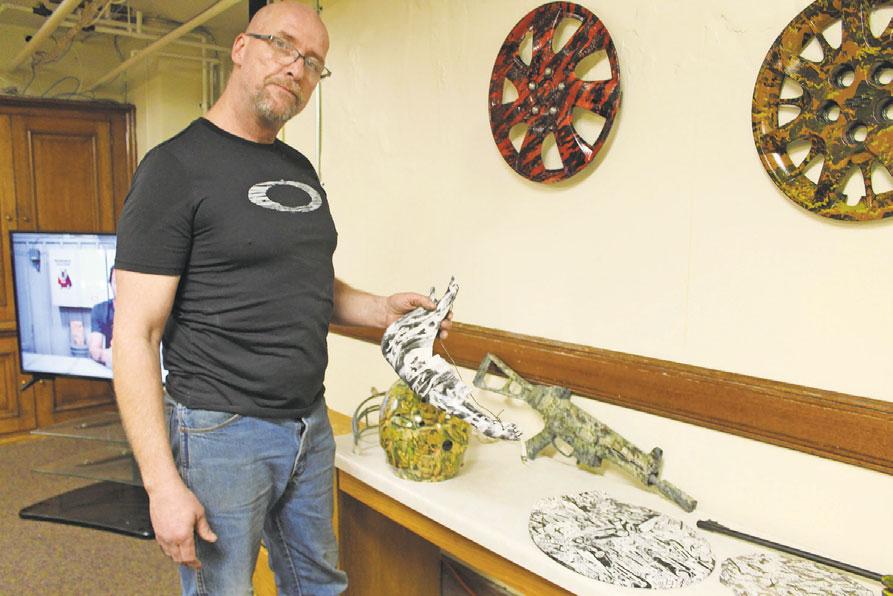
Kasper started hydrodipping items out of his garage as a hobby. He was excited to find space at the center to stretch out and grow. Just the Dip moved in about a month ago.
“It was a real blessing,” said Kasper, who works full-time at the business.
Call 715-969-8344 or email kasperty69@ gmail.com for more information.
Just the Dip is situated in the center of a hallway. It is sandwiched between Super Roll, LLC, which makes large wooden board games and MMBay, LLC, a business that sells ethnic hair products.
The building is owned by the nonprofit Superior Business Center Inc., which falls under the Development Center umbrella, Caesar said. It serves as a third business incubator for the center, as well as a space to bring a host of business development programs together under one roof.
The main floor will be tailored to house flexible office space for rent.
After 13 months, Caesar said, there are only one suite and two office spaces left without tenants. The last five of them have received Main Street Bounceback grants to fuel their businesses, Peterson said. Ideally, each will spend three to four years at the center before graduating out.
Down the street
Coat on, Peterson headed down Tower Avenue. Getting out and about, she said, is her favorite part of the job. She waved hello to peo-
ple on the street, and stopped to make a face at Mark Connolly through the window at Field Connolly Insurance.
“We’re in Rotary together,” Peterson said. She dropped by Angie’s Closet to check out the home decor section and talk with owner Angie Kiminski. They discussed Peterson’s new “Where in the BID is Kelly?” marketing campaign and the BID director found a jean jacket that was just her size.
The next stop was the back door of 1307 Tower Ave., formerly Bob’s Chop Suey House and AJ’s Tanning Salon. Peterson was met by building owner Rick Lampton, who gave her a brief tour of the main floor. He pointed out the hardwood floors, which were discovered under four layers of linoleum, and the stamped tin ceiling, which will be painted gold. By this summer, the 1912 building will house his wife Colleen’s gift shop, Weeping Willow.
“It’s my wife’s baby,” said Lampton, who owns Grizzly’s and 7 West Taphouse. “She likes to buy a lot of local, handcrafted items, small batch. You’re not going to see this stuff in big box stores at all.”
Weeping Willow is currently located at the 53 Business Center near Plato’s Closet.
“We outgrew it very, very quickly and we had an opportunity to buy a building and liked the investment side of it, and I like it being in Superior better anyway. We live over here and it just gives you the more small town feel,” Lampton said. “This type of store needs to be downtown. It has that feel to it.”
Lampton started renovating the building about eight months ago. The top floor will one day house the management offices for his restaurants. He’s been taking his time, remodeling with an eye on quality.
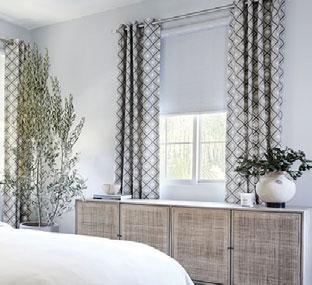
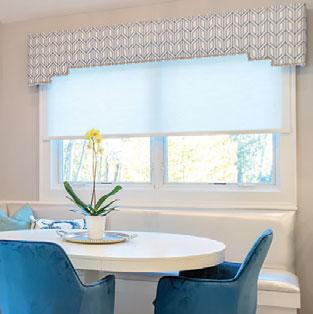
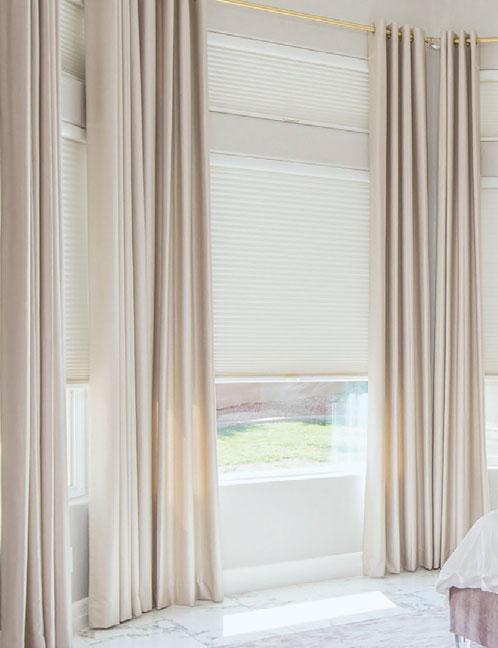
“To me, this is our investment, so when I


want to sell this, I want it to be top notch and get top dollar,” he said.
New business
The last stop on Peterson’s list was Sei Bella, a nail and hair salon run by Alyssa Totzke and Jennifer Lukens.
“It’s a full service salon,” Totzke said. “So we do hair, nails. And as far as hair, Jen offers hair extensions, color, cutting. She’s a hair wizard. I do nails and nail extensions and manicures and pedicures.”
The two opened their business in the former Black Fox Salon space, 1408 Tower Ave., about four weeks ago. Each brought clients of their own, and they expect to hire a few more people as they grow.
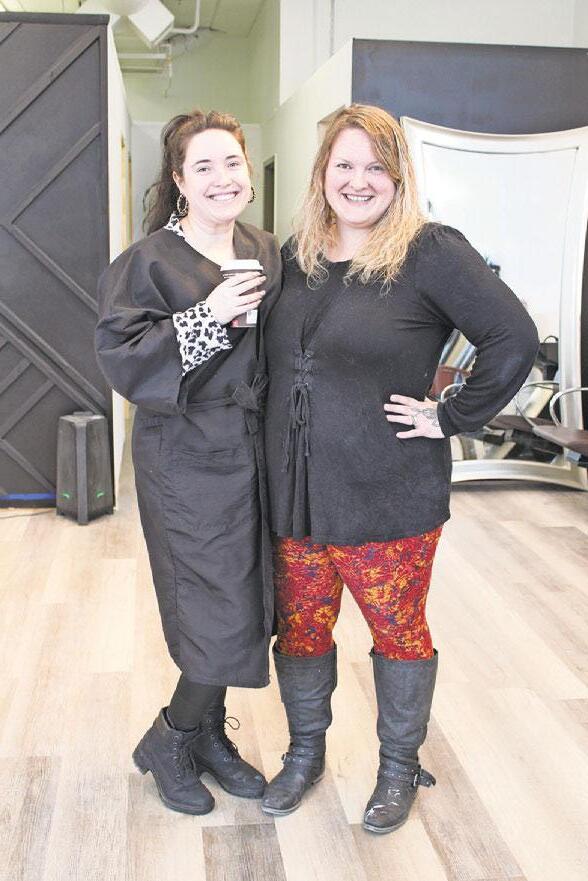
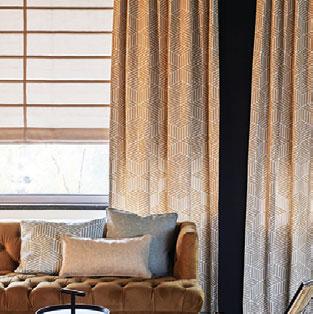
“Hopefully we’ll get someone in here who offers body waxing or facials or massage,” Totzke said.
They’ve put in new pedicure chairs and covered exposed plumbing; brand new shampoo stations have been ordered.
“We haven’t done a whole grand opening yet because we’re waiting for it to be done,”
Lukens said.
The pair recently secured a state Main Street Bounceback grant to outfit their workspace.
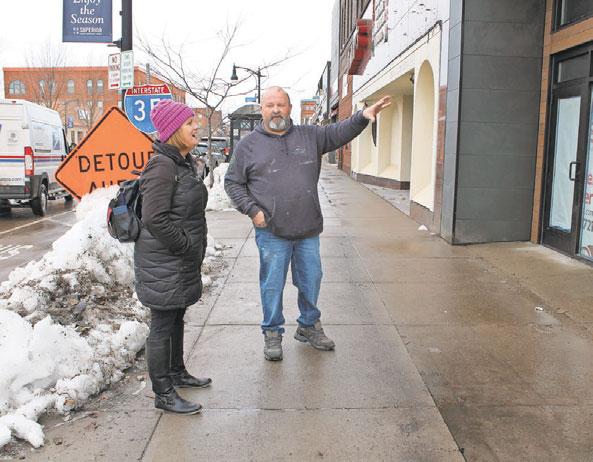
“That helped immensely,” Lukens said. “We get baseboards and trimming.”
Peterson was happy to hear it, as the Bounceback grant program just ran out of funding. She encouraged them to apply for a sign grant through the BID, as well. For Peterson, who stepped into her new role at the BID in August, it was a reconnection.
“Alyssa was the first person I got to sit in on with the Development Association and with Andy Donahue with the Small Business Development Center,” Peterson said. “She was the first business to reach out to me and I’m like sending an email, ‘Is this OK, can we set this up? And can I also stick my nose in it and see?’”
That same inquisitive nature brings Peterson out and about two afternoons a week, making connections throughout the BID.
